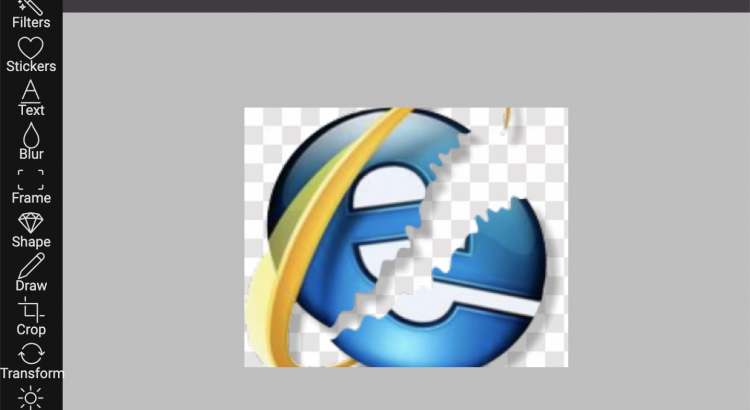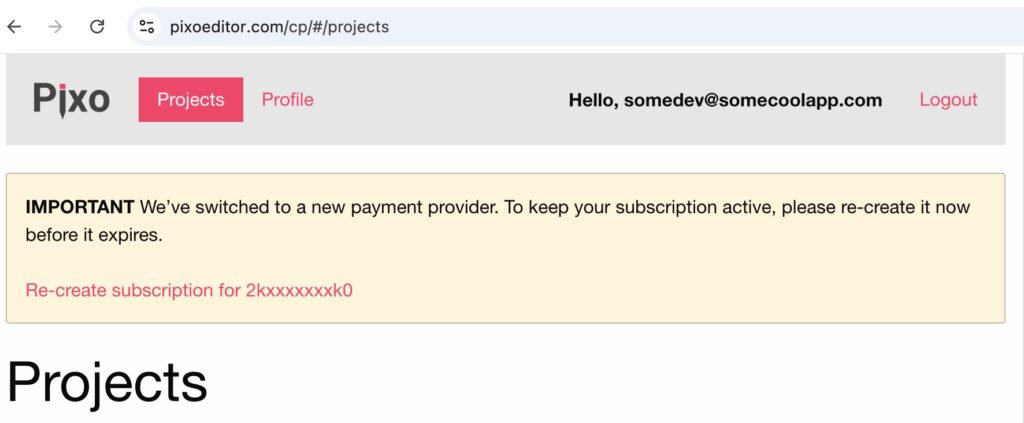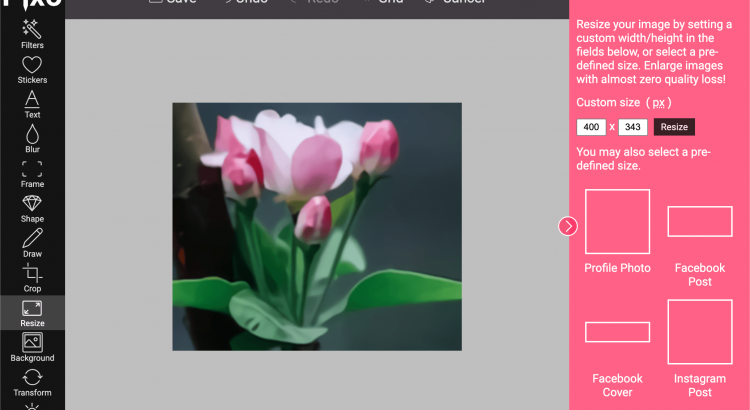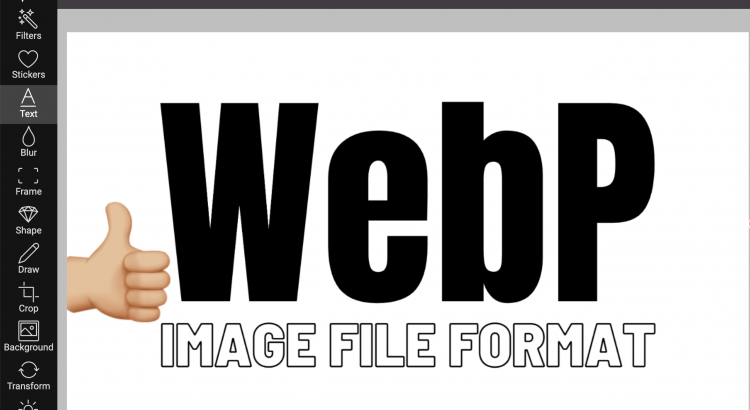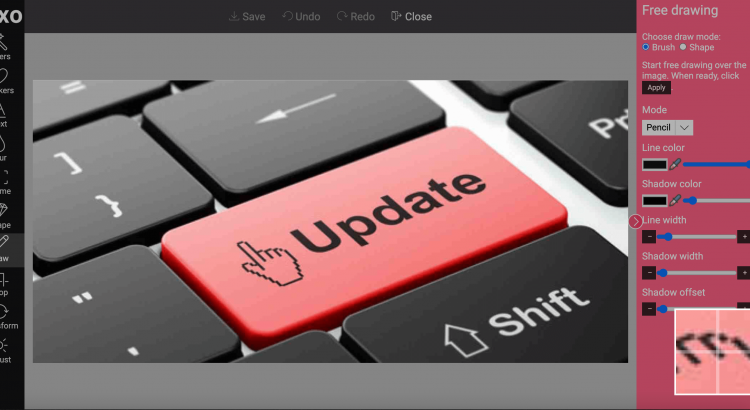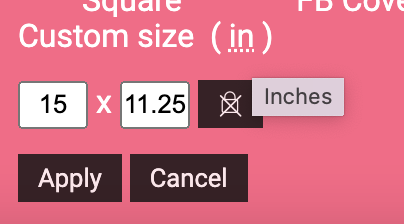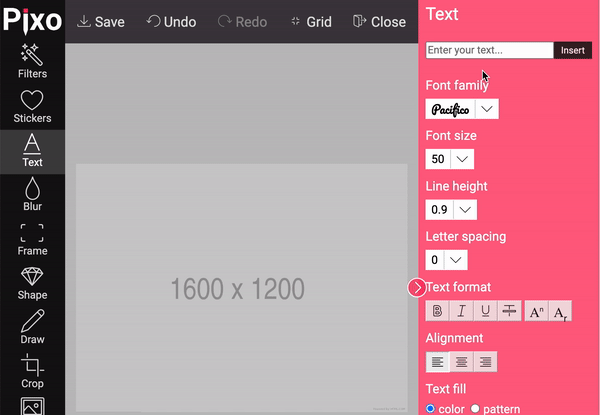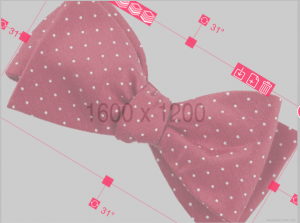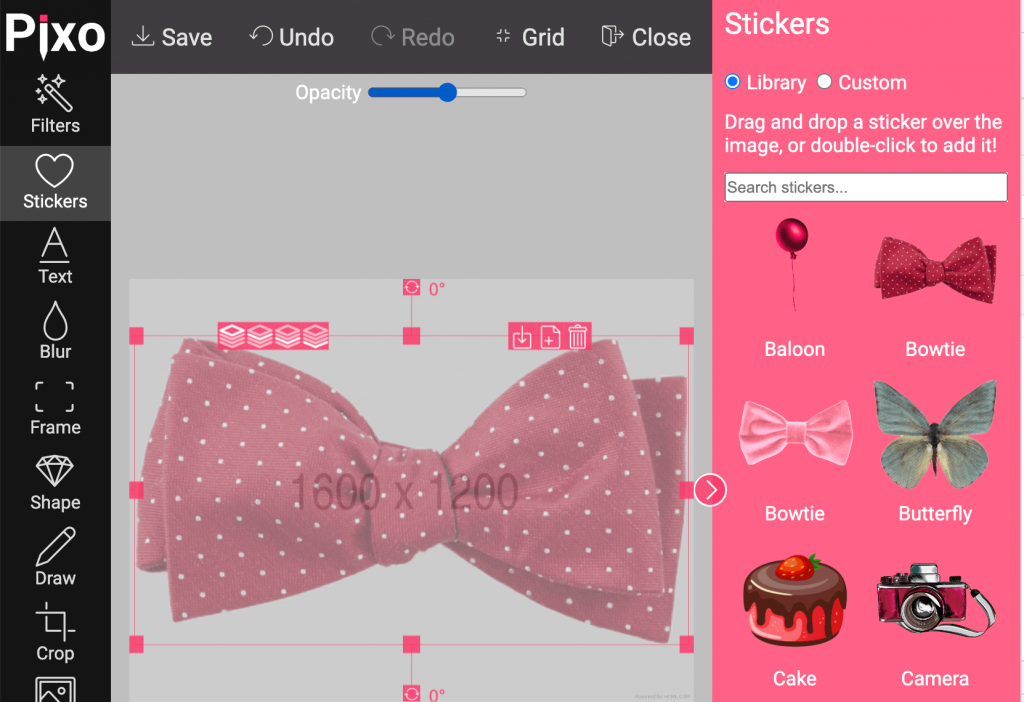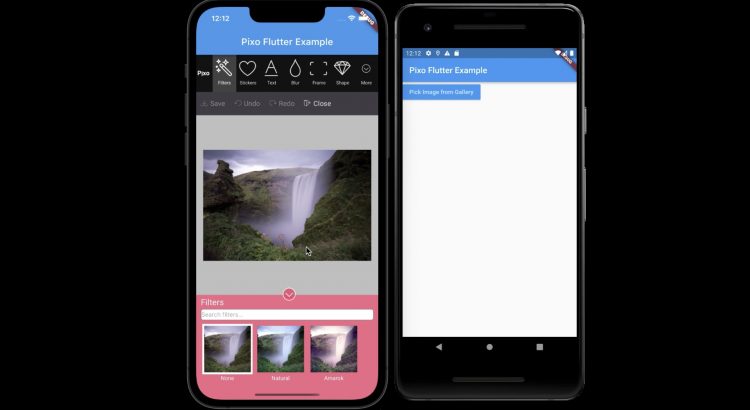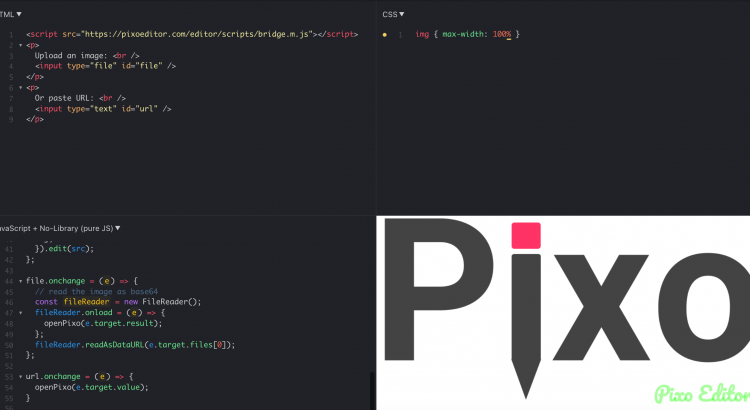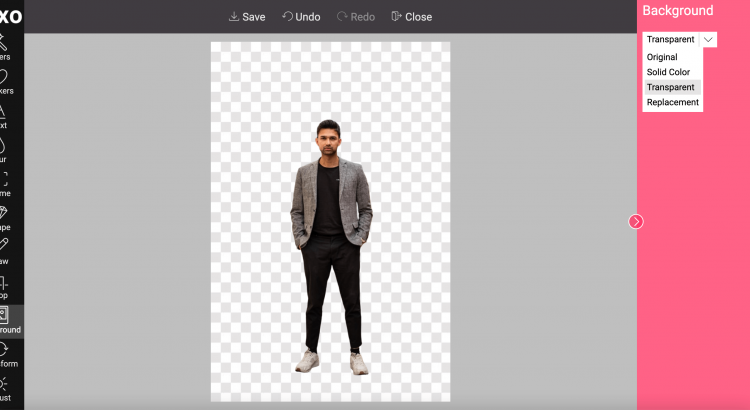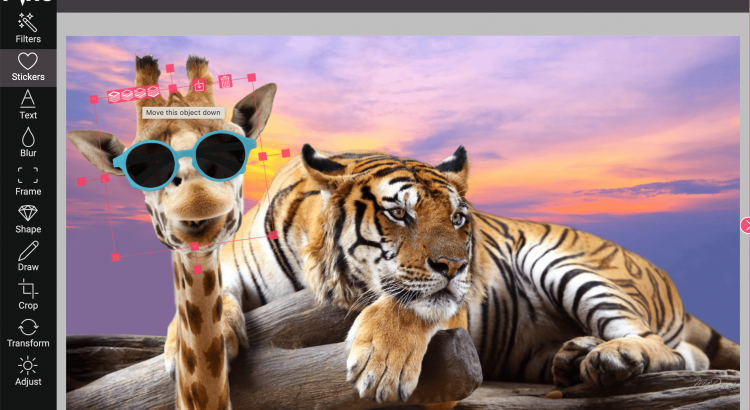In case you are still not aware, Cloudflare (CF), one of the biggest Content Delivery Network (CDN) providers, has major issues, started today. Unfortunately, Pixo Services also use CF as CDN provider, and was down several times today, because of that.
Action taken
We already detached pixoeditor.com from Cloudflare network; connection interruptions to Pixo should have stopped by now; if they continue, they will stop for sure in the next 24 hours at most (that’s because the Domain Name Services (DNS) must refresh the change.
Impact
As a result, Pixo Services might get slower in some locations (for example, Australia). That’s because currently there is no CDN and all requests hit our servers directly (which are located in the US region).
Further actions
Once we get confirmation that the CF problems are resolved, we will switch back to CF.
Update Nov 19
Cloudflare services became stable again, and we switched Pixo services back to CF.
